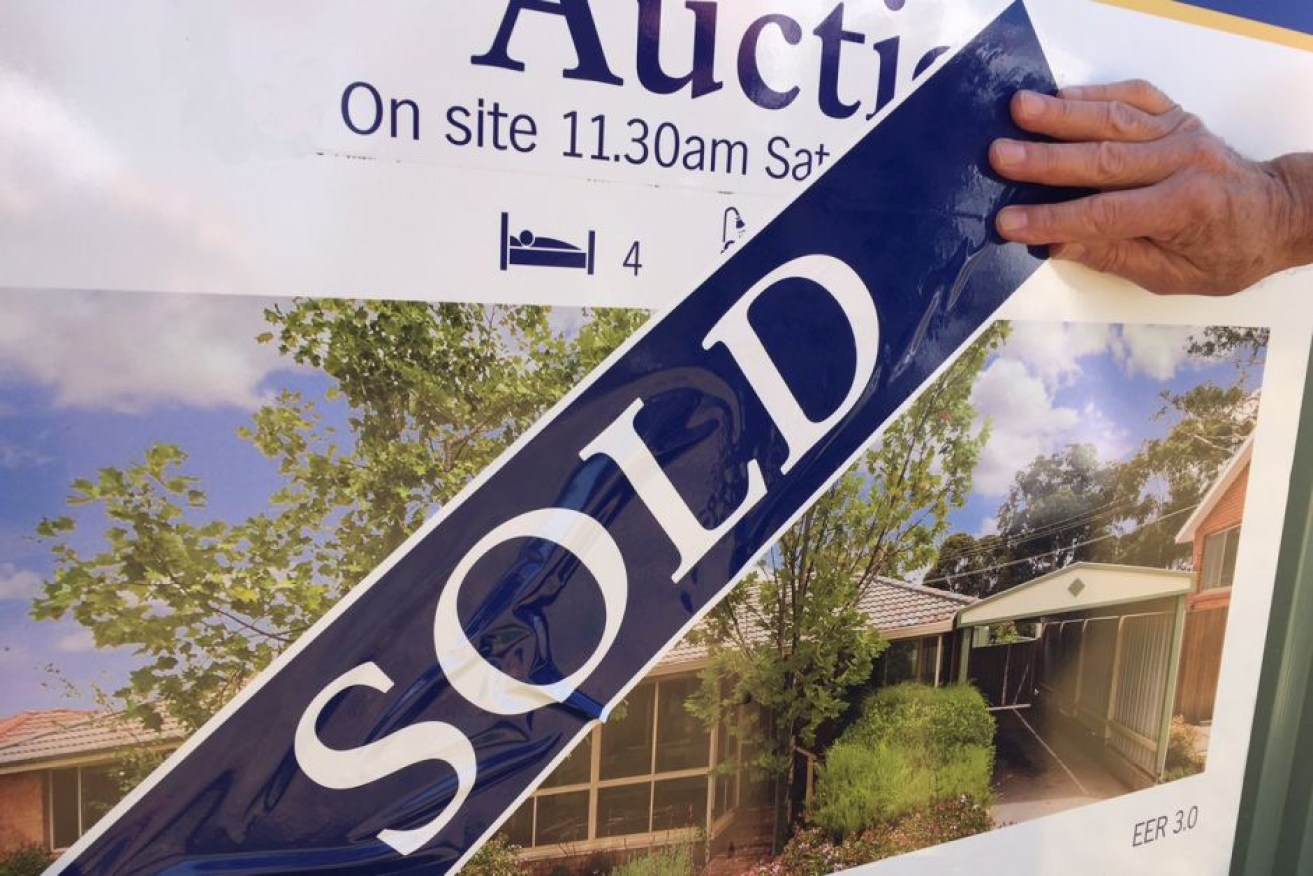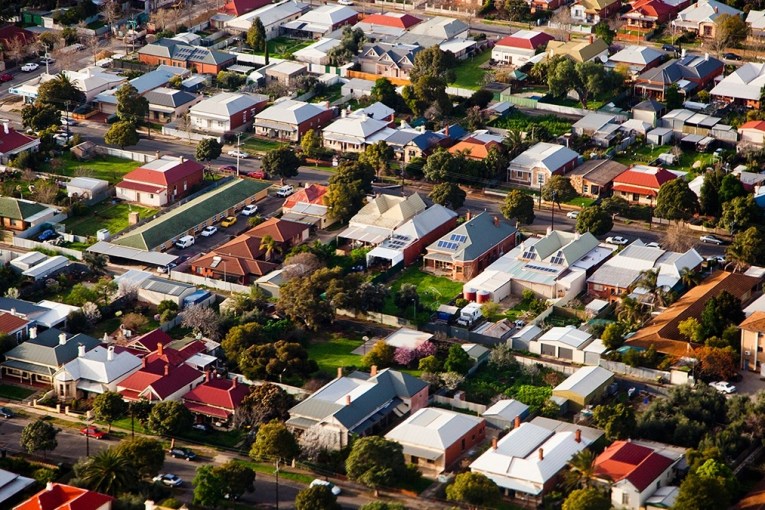This is who’s flocking to the government’s first-home buyer scheme


Australian couples are taking up to eight years to buy their first home, a Domain study found. Photo: ABC
Data released by the federal government shows that almost half of the 5000 people who have taken up its scheme to help first-home buyers are looking to buy outside Australia’s three largest cities.
The First Home Loan Deposit Scheme allows first-time buyers to purchase a property with a deposit of as little as 5 per cent, meaning they can buy their home years earlier than they otherwise would have been able to.
The government figures showed that around 2 per cent of the scheme’s initial 10,000 places have been taken up by buyers aged 50 to 59.
People under the age of 30, meanwhile, were the biggest participants in the scheme and were looking for homes outside Sydney, Melbourne and Brisbane.
Most of the buyers so far have been single.
Under the scheme, the government offers loan guarantees of up to 15 per cent of the purchase price for properties worth up to $700,000 in Sydney or other New South Wales regional centres.
Prices are capped at $450,000 for the rest of NSW.
Melbourne buyers can spend up to $600,000 on a home, while the limit is $375,000 across other parts of Victoria.
The government figures showed the average annual income of participants was $67,126 for single buyers or $111,534 for a couple.
The cap on an applicant’s income was $125,000 for a single buyer or $200,000 for a couple.
The government data showed that 70 per cent of the loan certificates issued so far had been for houses, with apartments at 25 per cent and townhouses at 5 per cent.
The scheme makes 10,000 first-time home loans available each year through the Commonwealth Bank of Australia and National Australia Bank, along with 25 non-bank lenders.
A further 10,000 places will become available in July.

Most new buyers are looking to houses. Photo: ABC
Housing Minister Michael Sukkar acknowledged helping those younger city buyers was an ongoing challenge.
“There’s no scheme, including this one, that is a silver bullet to the difficulties that particularly younger people face in our major capital cities, where their jobs are,” Mr Sukkar told the ABC.
He said this deposit scheme was partially designed to encourage people to look beyond the capitals, by capping the property prices and including smaller and regional lenders.
Encouraging trend
Kristin Brookfield from the Housing Industry Association said the early data was encouraging and seemed to indicate many young buyers were willing to look beyond the east coast capitals.
“Young people are wanting to get into the market, they’re seeing the sense in getting into the market, and they’re going to those regional [areas] and getting houses which are more in the $400,000 mark rather than that Sydney $700,000 mark,” Ms Brookfield told the ABC.
Ms Brookfield said she was concerned the price caps under the scheme were still too restrictive for those wishing to buy a new home in Darwin ($375,000) or Perth ($400,000).
“We would like to talk to the government about how we can stimulate new building in those regions,” she said.
Research from Canstar found that just over half (55 per cent) of 2061 respondents to a new survey were in favour of the home loan scheme, with 20 per cent against it and 25 per cent unsure of its merits.
Of those in favour of the scheme, 68 per cent thought it would help first-home buyers get into the market sooner.
Conversely, 41 per cent of those against the scheme said it encouraged first-home buyers to financially overcommit, while 17 per cent believed it would drive up property values and actually make the situation harder for first-home buyers.
Brendan Coates, program director of household finances at the Grattan Institute think tank, previously told The New Daily the scheme was too small to have an effect on affordability, and that an expanded version would turbocharge prices by ramping up demand.
“It’s not addressing the core problem. It’s trying to help first-home buyers without hurting anyone,” Mr Coates said.
“But for first-home buyers to win, someone has to lose or prices have to fall, in which case first-home buyers are better off and existing home owners are worse off.”








